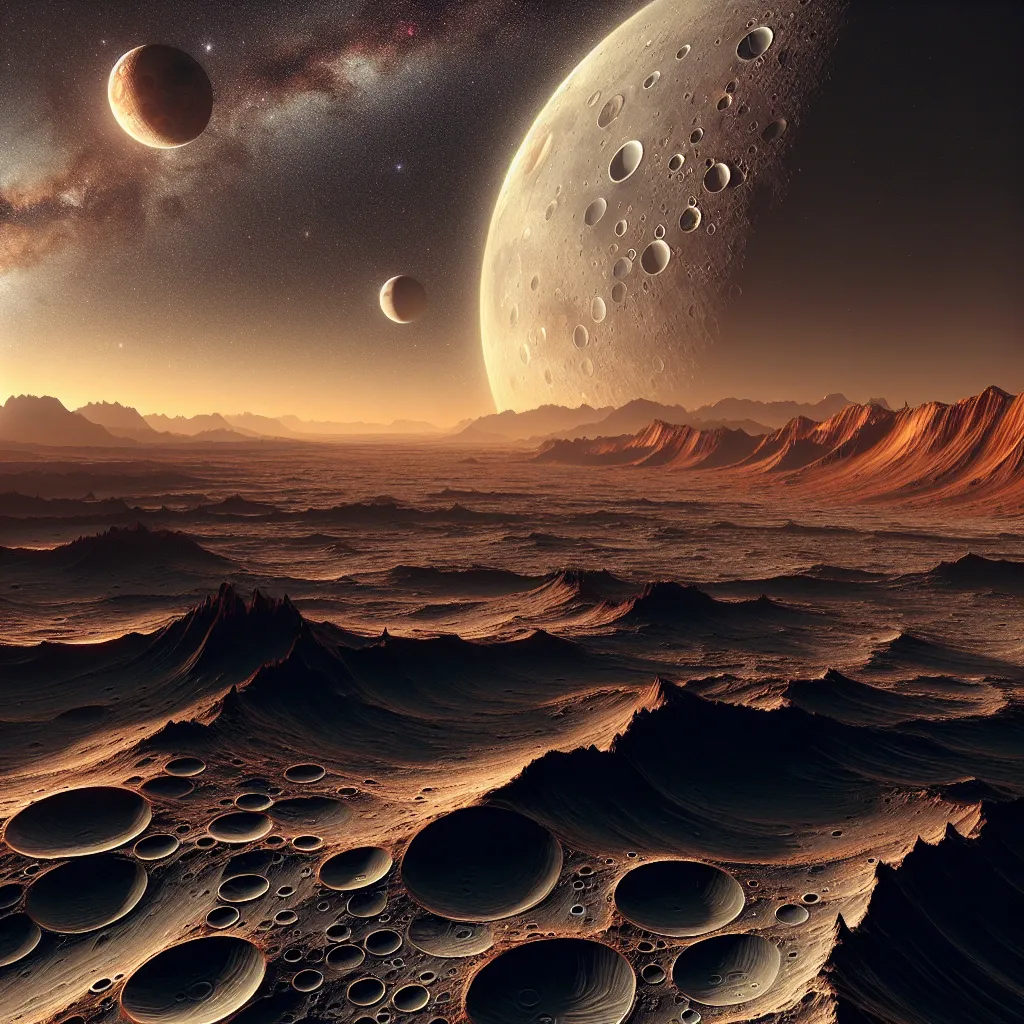Hey there! I’m Nigel, and welcome to “Nigel Goes to Space.” Today, we’re diving into a question from the mysterious dark side. What exactly is dark matter?
In simple terms, astronomers have determined that most of our universe is invisible. Beyond the stars, planets, and galaxies we can observe, there’s a massive amount of matter we can’t see. In fact, there’s quintuple the amount of dark matter compared to the ordinary matter we’re familiar with.
But how can we detect something that’s invisible? The answer lies in gravity. Back in the 1930s, a Swiss astronomer named Fritz Zwicky noticed something peculiar about galaxies. Galaxies tend to cluster together, interacting through their gravitational pull. However, he observed that these galaxies were moving much faster than expected. According to the laws of gravity, they should be tearing away from each other, but something unseen was holding them in place. He coined this mysterious force “dark matter.”
For a long time, this concept puzzled the scientific community. Then, in the 1970s, American astronomer Vera Rubin took this idea further. She studied spiral galaxies, including our own Milky Way. Rubin discovered that the outer regions of these galaxies were moving at perplexingly high speeds, enough to fling them into space. Yet, they stayed together, suggesting an unseen force at work.
This led to a growing body of evidence supporting the existence of dark matter. It’s not just out there in the vastness of space; it permeates our entire galaxy. Imagine our galaxy as a giant soup filled with dark matter. It’s all around us, even passing through us at this very moment.
Scientists believe that dark matter consists of some kind of subatomic particle. Think of particles like electrons and protons, but these are invisible forms known as WIMPs (Weakly Interacting Massive Particles) or hypothetically, axions. Although we haven’t discovered these particles yet, the idea is that they might outnumber all the ordinary matter in the universe.
So, if there’s anything about the universe that gets you curious, whether it’s visible or not, just let me know, and I’ll do my best to answer. Thanks for joining me on this cosmic journey!






